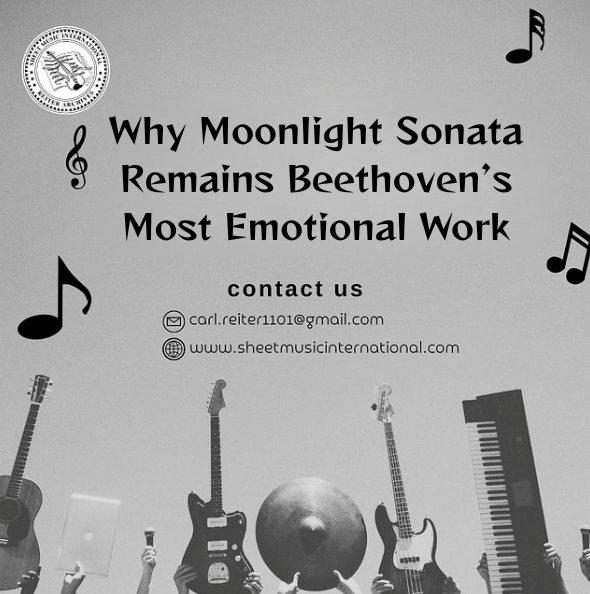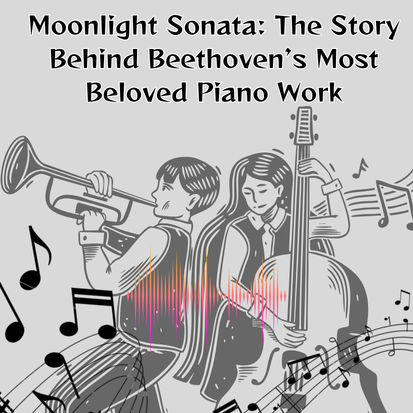
Your Request is under process, Please wait.


At the age of 19, Dmitri Shostakovich attained immense popularity due to the premiere of his Symphony No.1 (often looked for in the IMSLP Shostakovich digital music library by music buffs).
At the age of 19, Dmitri Shostakovich attained immense popularity due to the premiere of his Symphony No.1 (often looked for in the IMSLP Shostakovich digital music library by music buffs). It was the first Soviet symphony that gained a place in the West’s standard repertoire. As a matter of fact, many famous conductors, such as Otto Klemperer, Leopold Stokowski, and Arturo Toscanini, championed this composition.
However, in 1936, Shostakovich became broken due to being terrified, which also affected his artistic talent. He was under the threat of the Soviet state this time, but he created some outstanding music that contributed to his popularity.
Let’s know some interesting things about this journey during this time.
Lady Macbeth of Mtsensk, a famous opera by Dmitri Shostakovich, was his setting of Nikolai Leskov’s naturalistic story of murder and adultery. It’s one of those compositions that can allow music lovers to learn about Shostakovich’s music a lot, the way they can learn from his other works, accessible through the IMSLP Shostakovich virtual library of music.
Katerina Ismailova, the main character of the opera, is a powerful woman who wants to get her desires fulfilled, even if it requires her to commit a murder.
The success of the two premieres of this opera was beyond description. One of the premieres took place in Leningrad in January, and the other one happened in Moscow, which was just two days after the first premiere. Both of them ran for almost 200 performances. As a matter of fact, this artistic work was also produced abroad.
In 1934, purges were carried out by Joseph Stalin for the elimination of his enemies. Writers, politicians, filmmakers, musicians, actors, military leaders, and the like got arrested on the basis of fake charges. All these arrested people went through interrogation, torture, public trials, and execution.
In fact, some were shipped to the Gulag system, which was a network of Soviet penal labor camps, where over a million people lost their lives due to starvation and deadly disease.
Many government officials, accompanied by Stalin, went to see a performance of the opera after two years of its premiere at the Bolshoi Theatre in Moscow. In fact, Dmitri Shostakovich was also present there.
Stalin started feeling uncomfortable during some parts of the performance. As a matter of fact, he left the performance at the third act. As per contemporary accounts, Shostakovich became pale at his curtain call.
After two days, Pravda, which was the Soviet newspaper, had a review of the performance. In this review, the performance was titled, ‘Muddle Instead of Music.’ According to some historians, Stalin wrote this review.
The review put the performance in a negative light, and the performance was called ‘bourgeois’ affections, different from the ‘true’ art that people looked for. As a matter of fact, this review was with a warning to the composer.
After the threat, Shostakovich started crafting works in every genre. He wisely decided not to continue with his modern Symphony No.4. This symphony was composed between 1935 and 1936; this piece of work could have hurt Stalin. That’s why the performance of this symphony didn’t take place until 1961, which was 8 years after Stalin died.
Symphony No.5, created by Shostakovich in 1937, is regarded as his most famous work. This symphony played a key role in helping him rebuild his reputation. It can be as valuable for music enthusiasts as the Schubert unfinished symphony sheet music to learn more about music.
Dmitri Shostakovich gave his support to the Soviet war effort in World War II. In fact, the legendary composer dedicated Symphony No.7 to Leningrad’s people who were under siege.
However, after the war, several restrictions were imposed upon artistic freedoms. As a matter of fact, some ‘formalist’ compositions crafted by Shostakovich were banned from performance.
However, Shostakovich took political favor, taking part in various ‘official’ projects like post-war propaganda films. In the year 1949, Stalin chose him as a Soviet delegate to a cultural congress in New York City, where Shostakovich received a few Stalin Prizes for his compositions.
One of the most searched symphonies in the IMSLP Shostakovich digital music library is Dmitri Shostakovich’s Symphony No. 1. It’s the first Soviet symphony that made its place in the West’s standard repertoire.
The opera, Lady Macbeth of Mtsensk, by this legendary composer, was so successful that it was produced abroad.
It’s said that the review given by Stalin for the performance he saw with Shostakovich was ‘Muddle Instead of Music.’ Even after such criticism, the legend regained his popularity with his Symphony No.5, created in 1937.









